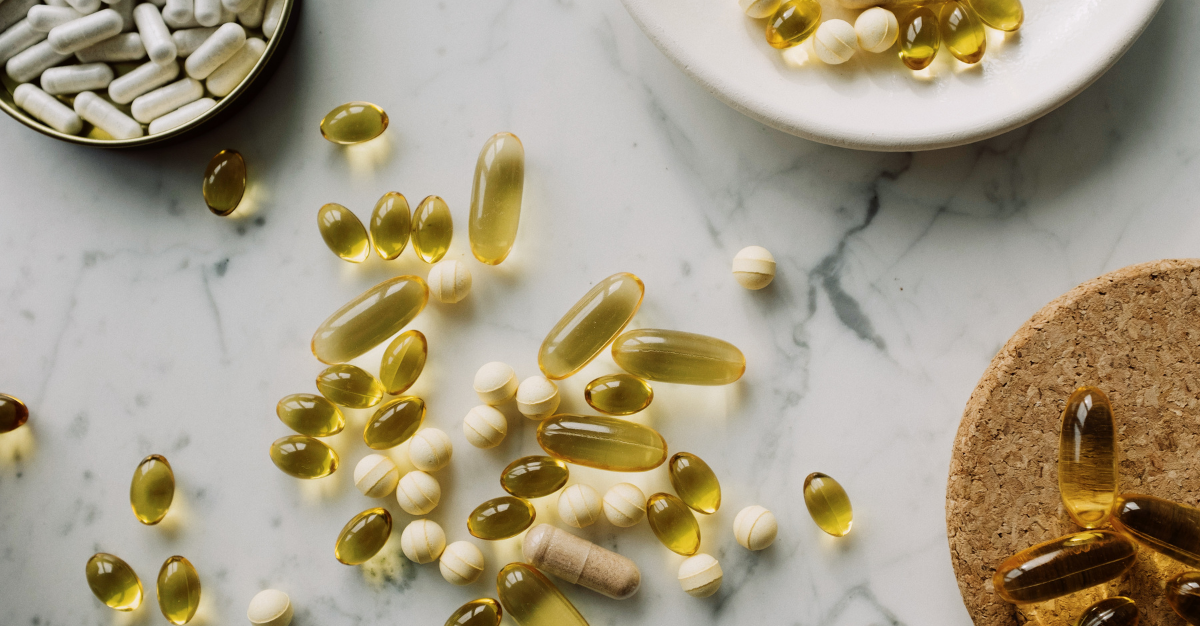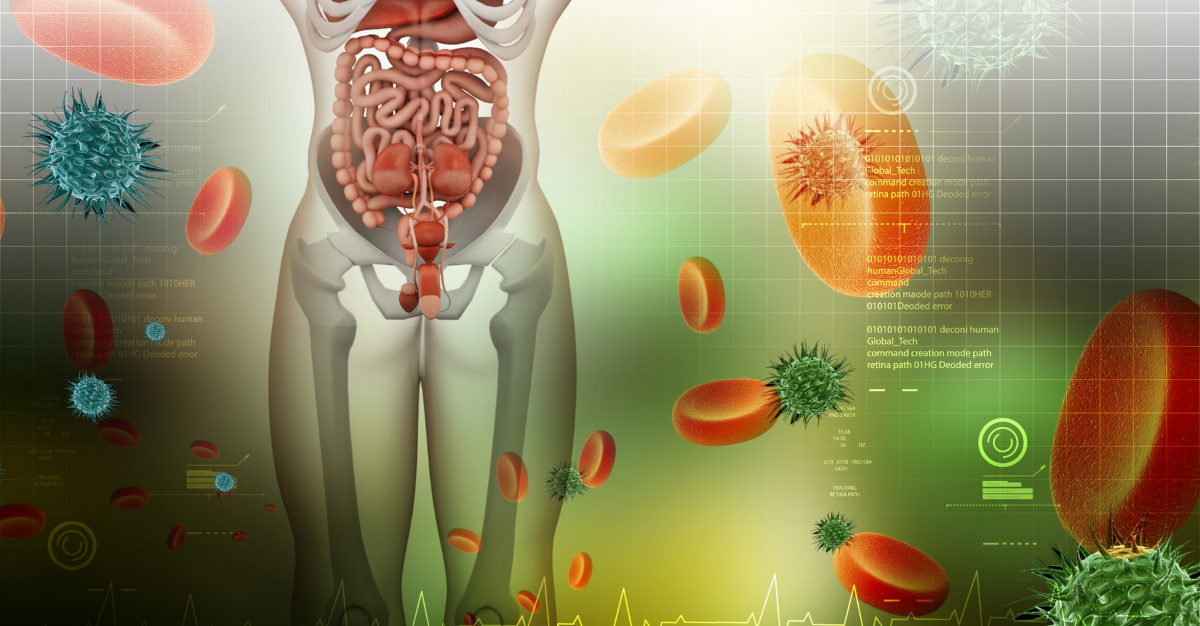
Mental fitness is a concept used to help us enhance our thought patterns and overall mental and cognitive well-being. Just as the body can be strengthened through physical exercise, our minds too can be made more resilient through conscious training and healthy lifestyle practices. By developing an awareness of our thoughts, feelings, and behaviors, we can become more confident and capable in the world.
Everyone has experienced feeling overwhelmed, stressed, and helpless amidst the pressures of daily life, and many people have found this especially true over the last two years. It is when we let these types of thoughts dominate that we run into problems. Feeding into negative beliefs will only make them occur more frequently, as the brain forms neural pathways that become reinforced. The practice of mental fitness is about rewiring the neural pathways that don’t serve us, so that we experience positive thoughts more often than negative ones, and supporting our mental and cognitive health daily.
Instead of responding to challenges emotionally, which often leads to frustration and defeat, mental fitness allows you to step back and respond in a way that is calm, rational, and positive. It also helps to improve our cognition, brain health and memory for years to come.
Ways You Can Optimize Your Mental Fitness
Achieving peace of mind and optimal brain health may sound easier said than done, but there are many small changes and practices that you can add to your routine to keep your brain in top shape.
1 – Sleep
Getting enough sleep not only prevents illness, it also significantly improves your mental health and cognitive functioning. Make sure that you are getting at least seven to eight hours of sleep every night so that your brain functions optimally.
2 – Exercise
Physical fitness is closely connected to mental fitness; you cannot achieve a healthy mind if your body is not performing properly. This is also true the other way around, as poor physical health may also impact mental health. The benefits of leading an active life are well documented. Physical activity increases the flow of oxygen to the brain and releases endorphins – our happy hormones. These so-called “happy chemicals” will help relieve stress and improve your mental state.
3 – Mindfulness
The ability to recognize when a thought is negative or unhelpful is crucial to developing mental fitness. Take the time to step back from your negative thoughts and question their validity. You can then reframe them to more positive ones that serve you and your goals. These can take some retraining, and it’s often useful to talk with a healthcare professional.
4 – Doing new things
Being adaptable and open to change is a major component of mental fitness. Find new ways to challenge yourself and your mental fitness will grow with the world around you. This could be as simple as taking up a new hobby or trying a new food. Studies on Alzheimer’s have found that engaging your brain in different ways helps support brain cells and strengthen neural connections. Variety will increase your brain’s vitality.
5 – Playing!
Many fun recreation activities help keep your brain active. Doing puzzles and playing games have a positive effect on mental fitness. It increases problem solving skills and can help keep the brain sharp. Many physical activities, including dancing and tai chi, have cognitive benefits since the brain must work to remember steps or movements involved.
6 – Active listening
Sometimes, we listen merely to respond, but the type of listening that mental fitness requires is slow and thoughtful. Deep listening will increase your knowledge and your capacity to reason and relate to others.
7 – Spend time in nature
If your stress levels have been high lately, you may benefit from adding at least 20 minutes of outdoor time into your daily routine. Think of it as a “nature pill” for your well-being. Studies have shown that connecting with nature and “forest bathing” can significantly lower stress hormones.
8 – Reading
Even if you only spend 15 minutes a day doing it, reading can be a highly beneficial activity to aid your mental fitness. Visualizing the action on the pages will help you relax and ignite your imagination. Reading also strengthens connections in the brain and improves memory and concentration.
9 – Meditation
Learning to calm your mind and hone your thoughts will significantly increase your mental fitness and help you manage stress. Spend a moment taking in your surroundings and focusing on your breath with no distractions. It will likely be challenging at first, but your mind and body will thank you for it. Many apps and websites can guide you through the basics of meditation.
10 – Foods and Supplements
Many essential nutrients play a role in supporting mental fitness. Vitamin D, for example, helps protect against depression and anxiety disorders. Studies show that a lack of omega-3s in the diet has detrimental effects on cognitive function and has been associated with chronic inflammation, potentially contributing to depression symptoms. Magnesium is also a key player in mental health, as this mineral helps to regulate many key neurotransmitters involved in mood regulation. Magnesium deficiency has been associated with anxiety, ADHD, fatigue, and low libido.
Focus on a natural, whole foods diet with a variety of fruits and vegetables, quality protein and healthy fats. Avoid or limit alcohol as it can alter communication pathways in the brain, as well sugar and processed foods which are oftentimes contributors to impaired cognitive skills and self control.
Like any physical exercise, mental fitness requires a bit of discipline to create a routine. The good news is that science has shown that our brains are elastic and can be trained just as any muscle can to become stronger. With just a few small but meaningful changes, you can adjust your mindset to get more clarity while supporting your brain health for years to come. And, don’t be afraid to reach out – we can help!
Sources:
Albert PR. Adult neuroplasticity: A new “cure” for major depression?. J Psychiatry Neurosci. 2019;44(3):147-150. doi:10.1503/jpn.190072
Briguglio M, Vitale JA, Galentino R, et al. Healthy Eating, Physical Activity, and Sleep Hygiene (HEPAS) as the Winning Triad for Sustaining Physical and Mental Health in Patients at Risk for or with Neuropsychiatric Disorders: Considerations for Clinical Practice. Neuropsychiatr Dis Treat. 2020;16:55-70. Published 2020 Jan 8. doi:10.2147/NDT.S229206
Robert S. Wilson, Tianhao Wang, Lei Yu, Francine Grodstein, David A. Bennett, Patricia A. Boyle, Cognitive Activity and Onset Age of Incident Alzheimer Disease Demential Neurology Aug 2021, 97 (9) e922-e929; DOI: 10.1212/WNL.0000000000012388
Centeno RPR. Effect of Mindfulness on Empathy and Self-Compassion: An Adapted MBCT Program on Filipino College Students. Behav Sci (Basel). 2020;10(3):61. Published 2020 Feb 27. doi:10.3390/bs10030061
Hunter MR, Gillespie BW, Chen SY. Urban Nature Experiences Reduce Stress in the Context of Daily Life Based on Salivary Biomarkers. Front Psychol. 2019;10:722. Published 2019 Apr 4. doi:10.3389/fpsyg.2019.00722
Maraz A, Király O, Urbán R, Griffiths MD, Demetrovics Z. Why do you dance? Development of the Dance Motivation Inventory (DMI). PLoS One. 2015;10(3):e0122866. Published 2015 Mar 24. doi:10.1371/journal.pone.0122866
Lang F, Ma K, Leibrock CB. 1,25(OH)2D3 in Brain Function and Neuropsychiatric Disease. Neurosignals. 2019;27(1):40-49. doi: 10.33594/000000182. PMID: 31769259.
Effatpanah M, Rezaei M, Effatpanah H, Effatpanah Z, Varkaneh HK, Mousavi SM, Fatahi S, Rinaldi G, Hashemi R. Magnesium status and attention deficit hyperactivity disorder (ADHD): A meta-analysis. Psychiatry Res. 2019 Apr;274:228-234. doi: 10.1016/j.psychres.2019.02.043. Epub 2019 Feb 19. PMID: 30807974.









